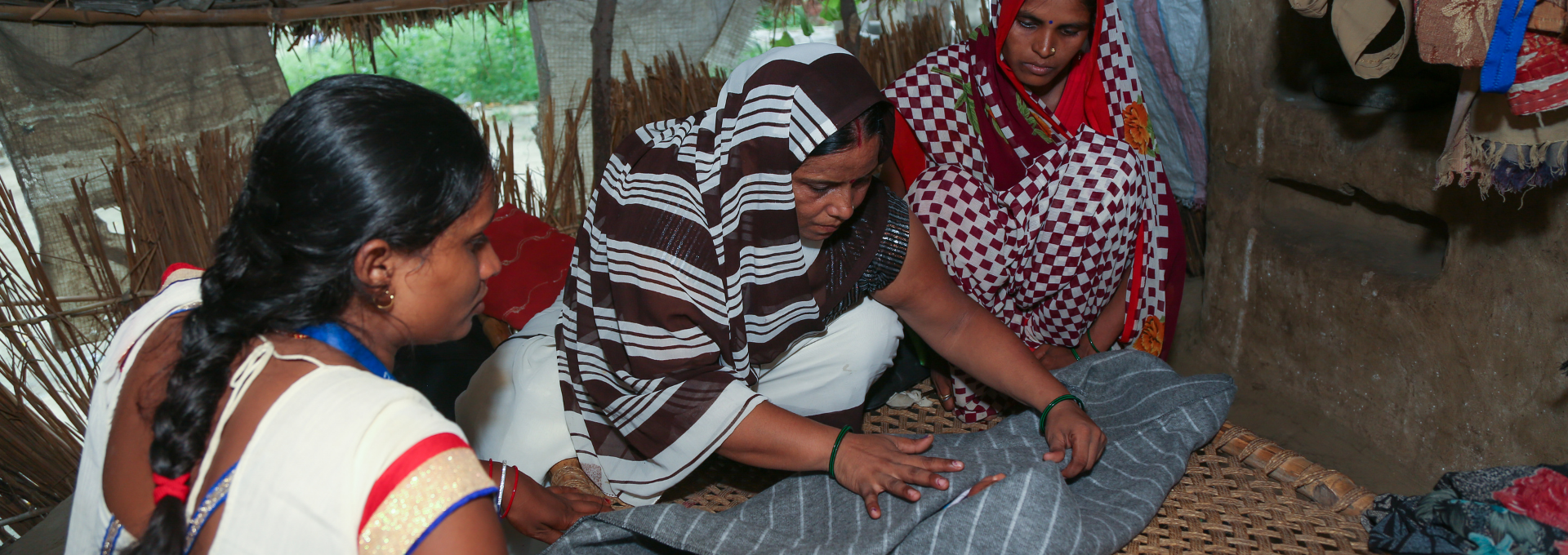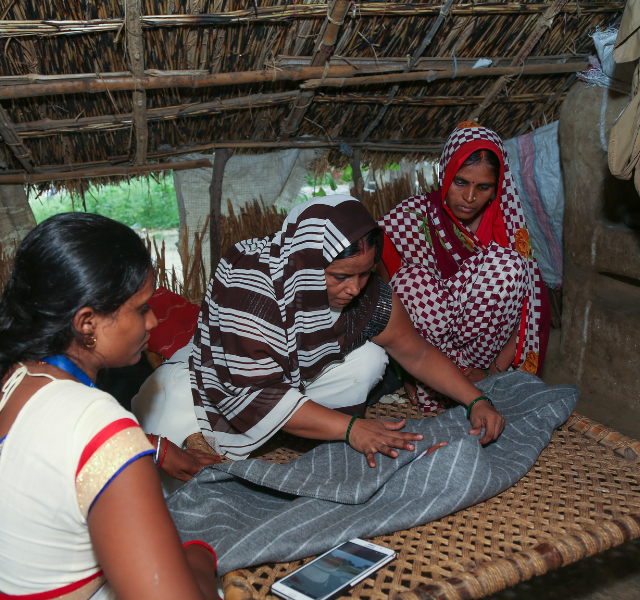

Authors: Andrea K. Blanchard, Shahnaz Ansari, Rajni Rajput, Tim Colbourn, Tanja A. J. Houweling, Shajy Isac, John Anthony and Audrey Prosta
ABSTRACT
Background
Despite substantial reductions in perinatal deaths (stillbirths and early neonatal deaths), India’s perinatal mortality rates remain high, both nationally and in individual states. Rates are highest among disadvantaged socio-economic groups. To address this, India’s National Health Mission has trained community health workers called Accredited Social Health Activists (ASHAs) to counsel and support women by visiting them at home before and after childbirth. We conducted a qualitative study to explore the roles of ASHAs’ home visits in improving equity in perinatal health between socio-economic position groups in rural Uttar Pradesh (UP), India.
Methods
We conducted social mapping in four villages of two districts in UP, followed by three focus group discussions in each village (12 in total) with ASHAs and women who had recently given birth belonging to ‘higher’ and ‘lower’ socio-economic position groups (n = 134 participants). We analysed the data in NVivo and Dedoose using a thematic framework approach.
Results
Home visits enabled ASHAs to build trusting relationships with women, offer information about health services, schemes and preventive care, and provide practical support for accessing maternity care. This helped many women and families prepare for birth and motivated them to deliver in health facilities. In particular, ASHAs encouraged women who were poorer, less educated or from lower caste groups to give birth in public Community Health Centres (CHCs). However, women who gave birth at CHCs often experienced insufficient emergency obstetric care, mistreatment from staff, indirect costs, lack of medicines, and referrals to higher-level facilities when complications occurred. Referrals often led to delays and higher fees that placed the greatest burden on families who were considered of lower socio-economic position or living in remote areas, and increased their risk of experiencing perinatal loss.
Conclusions
The study found that ASHAs built relationships, counselled and supported many pregnant women of lower socio-economic positions. Ongoing inequities in health facility births and perinatal mortality were perpetuated by overlapping contextual issues beyond the ASHAs’ purview. Supporting ASHAs’ integration with community organisations and health system strategies more broadly is needed to address these issues and optimise pathways between equity in intervention coverage, processes and perinatal health outcomes.
Citation: Blanchard, A.K., Ansari, S., Rajput, R. et al. Understanding the roles of community health workers in improving perinatal health equity in rural Uttar Pradesh, India: a qualitative study. Int J Equity Health 20, 63 (2021). https://doi.org/10.1186/s12939-021-01406-5